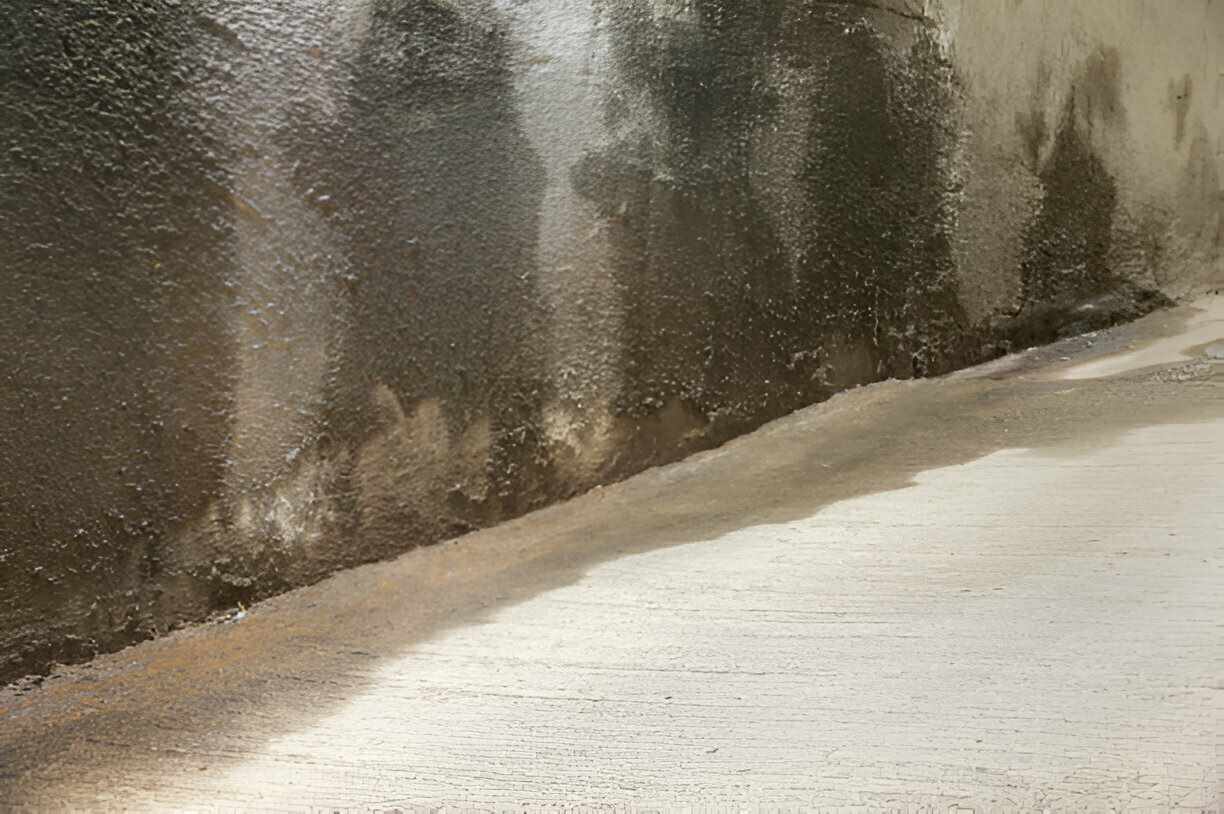A persistently damp basement is more than just an inconvenience; it’s a potential threat to your home’s structural integrity and your family’s health. Many homeowners find themselves constantly battling moisture in their basements, despite their best efforts.
In this article, we’ll explore five key reasons why basements often remain damp, helping you understand the root causes of this persistent problem.
1. Poor Exterior Drainage
Inadequate drainage around your home’s foundation is a primary culprit for basement dampness. When rainwater or melting snow doesn’t flow away from your house, it can seep into the soil around your foundation. This saturated soil creates hydrostatic pressure against your basement walls.
Over time, this pressure can force water through even the smallest cracks or pores in your foundation. Ensure your yard is graded properly, sloping away from your home. Check that your gutters and downspouts are functioning correctly and directing water away from your foundation.
2. High Groundwater Table
Some homes are built in areas with naturally high water tables. This means that the soil beneath and around your home is saturated with water close to the surface. In such cases, your basement is essentially sitting in or very near this underground water.
During periods of heavy rain or snowmelt, the water table can rise even further, putting additional pressure on your basement walls and floor. This constant exposure to moisture can lead to persistent dampness, even in well-maintained basements. Special waterproofing measures may be necessary in these situations.
3. Condensation Issues
Basements are prone to condensation due to the temperature difference between the cool basement air and warmer air from upper floors or outside. When warm, humid air comes into contact with cooler basement surfaces, it can condense into water droplets. This process contributes to overall dampness in the space.
Lack of proper ventilation exacerbates this issue, trapping humid air in the basement. Using certain appliances, like clothes dryers or water heaters, without proper venting can also increase humidity levels. Improving ventilation and using a dehumidifier can help combat condensation-related dampness.
4. Foundation Cracks and Leaks
Over time, foundations can develop cracks due to settling, soil pressure, or natural wear and tear. These cracks, no matter how small, provide entry points for water to seep into your basement. Even hairline fractures can allow significant amounts of moisture to penetrate your walls and floor.
Older homes or those with poorly constructed foundations are particularly susceptible to this issue. Regular inspection of your basement walls and floor is crucial for identifying and addressing these potential water entry points. Prompt repair of any cracks or gaps can significantly reduce basement dampness.
5. Plumbing and Appliance Leaks
Sometimes, the source of basement dampness is not external but internal. Leaky pipes, malfunctioning water heaters, or improperly sealed washing machines can introduce moisture into your basement environment. These issues may go unnoticed for extended periods, especially if the leaks are small or occur in hidden areas.
Regular maintenance and inspection of your home’s plumbing system and appliances are essential. Pay attention to any unusual sounds, odors, or signs of water damage. Addressing these internal moisture sources promptly can prevent chronic dampness in your basement.
Conclusion
Understanding why your basement is always damp is the first step in effectively addressing the issue. By considering the five common causes above, you can begin to identify the specific problems affecting your home. Remember, a persistently damp basement often results from a combination of these factors.
Addressing basement moisture may require a multi-faceted approach, potentially involving both DIY solutions and professional assistance. With proper diagnosis and targeted solutions, you can work towards creating a drier, healthier basement environment for your home.



